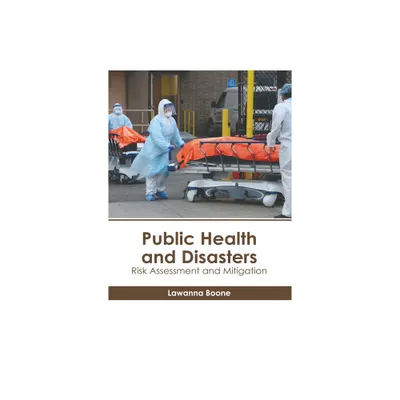Home
The Hidden Costs of Coastal Hazards: Implications For Risk Assessment And Mitigation / Edition 1
Barnes and Noble
The Hidden Costs of Coastal Hazards: Implications For Risk Assessment And Mitigation / Edition 1


Barnes and Noble
The Hidden Costs of Coastal Hazards: Implications For Risk Assessment And Mitigation / Edition 1
Size: OS
Society has limited hazard mitigation dollars to invest. Which actions will be most cost effective, considering the true range of impacts and costs incurred? In 1997, the H. John Heinz III Center for Science, Economics and the Environment began a two-year study with a panel of experts to help develop new strategies to identify and reduce the costs of weather-related hazards associated with rapidly increasing coastal development activities.
The Hidden Costs of Coastal Hazards presents the panel's findings, offering the first in-depth study that considers the costs of coastal hazards to natural resources, social institutions, business, and the built environment. Using Hurricane Hugo, which struck South Carolina in 1989, as a case study, it provides for the first time information on the full range of economic costs caused by a major coastal hazard event. The book:
- describes and examines unreported, undocumented, and hidden costs such as losses due to business interruption, reduction in property values, interruption of social services, psychological trauma, damage to natural systems, and others
- examines the concepts of risk and vulnerability, and discusses conventional approaches to risk assessment and the emerging area of vulnerability assessment
- recommends a comprehensive framework for developing and implementing mitigation strategies
- documents the human impact of Hurricane Hugo and provides insight from those who lived through it.
The Hidden Costs of Coastal Hazards takes a structured approach to the problem of coastal hazards, offering a new framework for community-based hazard mitigation along with specific recommendations for implementation. Decisionmakers-both policymakers and planners-who are interested in coastal hazard issues will find the book a unique source of new information and insight, as will private-sector decisionmakers including lenders, investors, developers, and insurers of coastal property.


















